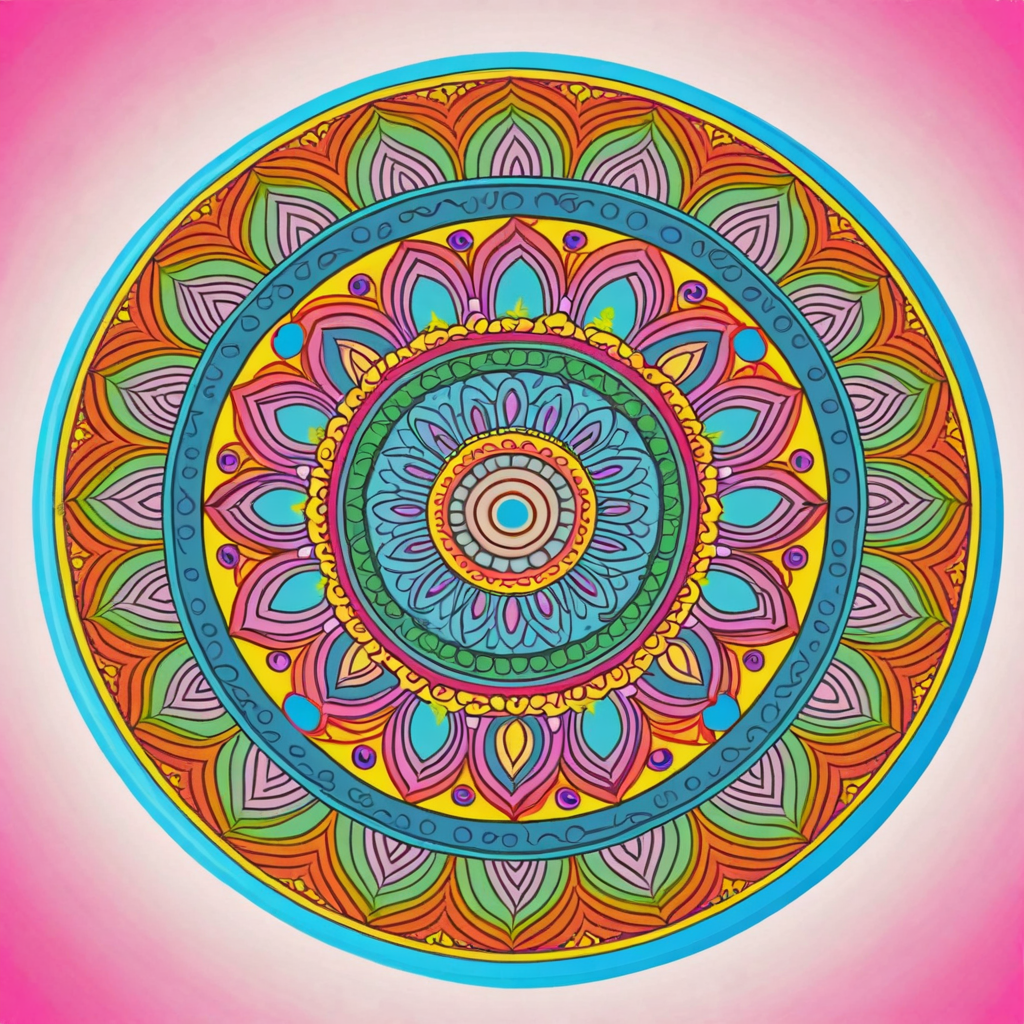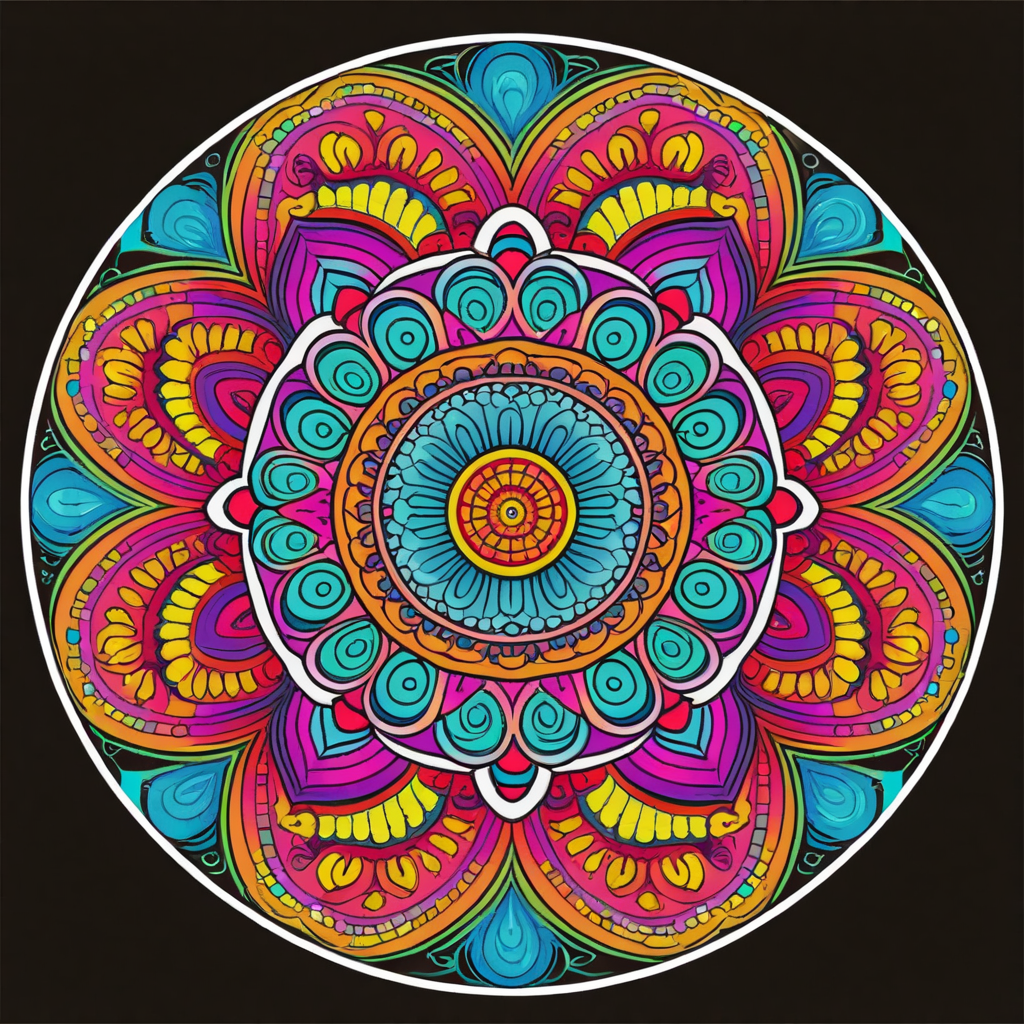
The mandala, meaning “circle” in Sanskrit, symbolizes unity, harmony, and wholeness. While it is most associated with Hinduism and Buddhism, the mandala has appeared in various cultures throughout history, serving as a tool for spiritual reflection and cosmic understanding.
Origins and Hinduism
The concept of the mandala dates back to ancient India, where it was used in Hinduism to represent the cosmos, spiritual deities, and the journey toward enlightenment. Hindu mandalas often feature a central point, or “bindu,” symbolizing unity with the divine. A famous example is the Sri Yantra, a sacred geometric diagram used in meditation.
Buddhism
In Tibetan Buddhism, mandalas became powerful symbols for meditation and ritual. They represent enlightened realms and deities, and their intricate designs guide practitioners on the path to spiritual awakening. Sand mandalas, created for ceremonies and later destroyed, highlight the impermanence of life, a key Buddhist teaching.
Other Cultures
The mandala’s circular form also appears in other traditions, such as Christian rose windows in Gothic cathedrals, and Native American sand paintings used for healing. These cultures also saw the circle as a symbol of the universe or divine order.

Mandalas in Modern Psychology
Carl Jung, the Swiss psychologist, introduced mandalas to Western psychology as a tool for self-exploration. He believed they represented the unconscious mind and helped integrate the self, using them to aid in emotional healing.
Contemporary Use
Today, mandalas are widely used in art therapy and meditation practices to foster mindfulness, creativity, and inner peace. Their universal appeal continues, offering people a way to connect with their inner selves and find balance in an increasingly complex world.
In essence, the mandala’s enduring significance lies in its simple yet profound representation of wholeness, making it a timeless symbol across cultures and spiritual practices.
When you purchase through links on our site, we may earn an affiliate commission.


